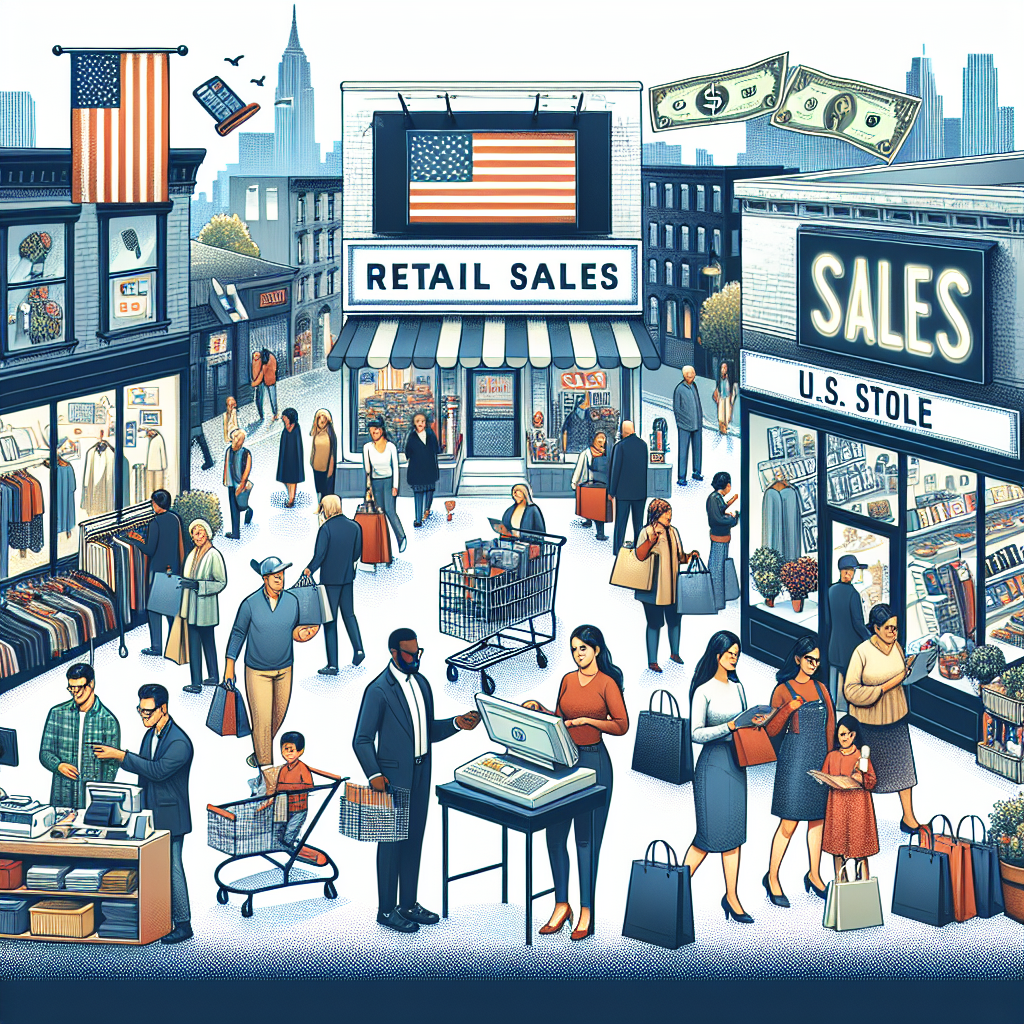U.S. Retail Sales Take Unexpected Dip Amid Tariff Tensions
U.S. retail sales in May fell by 0.9%, exceeding expectations as car purchases dwindled. Strong wage growth maintains consumer spending for now. Federal Reserve officials are watching economic conditions, with tariffs hurting disposable incomes. Despite some strength, online sales and select sectors posted gains.

In May, U.S. retail sales saw a 0.9% decline, surpassing projected figures due to a decrease in vehicle purchases influenced by tariff pressures. Despite this, wage growth continues to support consumer spending, temporarily cushioning the economy.
The Commerce Department's report, delivered on Tuesday, highlighted the softening of domestic demand, amid moderate job growth. Federal Reserve officials are closely monitoring the situation as they meet this week to address the repercussions of tariffs and geopolitical tensions.
Meanwhile, sectors outside of automobiles, like online sales, furniture, and certain retail categories have shown resilience, indicating pockets of economic strength amid an otherwise concerning economic landscape. Federal forecasting points to an economic resurgence due to a slowdown in imports.
(With inputs from agencies.)
ALSO READ
India's Consumption Surge: Driving Economic Growth to New Heights
Federal Reserve Stress Test Confirms Resilience of Large US Banks Amid Hypothetical Recession
Dollar Dips as Trade Optimism Fuels Federal Reserve Rate Cut Bets
Trump's Strategic Moves for Federal Reserve Leadership
Trump Criticizes Federal Reserve Over Interest Rates









